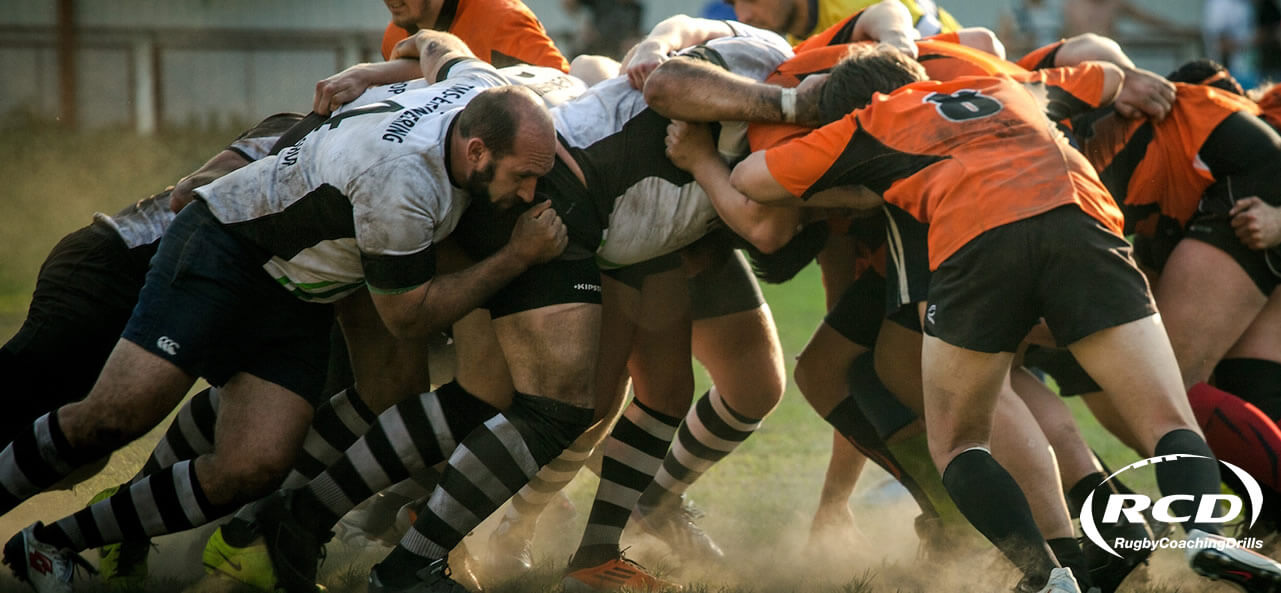
World Cup Lessons - Week 2
The Drop Kick
This week’s article will also focus on how kicking, if used wisely is an excellent tactical option that rugby teams must be aware of and should practice. The drop goal has proven to be a match winner and also a statement of intent in many high profile games from Wilkinson’s infamous kick to Dan Biggar’s first minute, statement drop goal against Australia last weekend.
There seems to be a belief that drop goals are making a comeback in this World Cup, but the numbers so far don’t say that, the importance of them is still high though. Here are some of the stats from previous World Cups:
- 2019 - 5 drop goals so far (only 28 since the last world cup)
- 2015 - 10 drop goals by 5 players
- 2011 - 9 drop goals by 8 players
- 2007 - 14 drop goals
- 2003 - 23 drop goals - 8 by Jonny Wilkinson
The Value of the drop goal therefore has diminished in its volume but not in its tactical relevance. Games can rarely be won just by using the drop goal. There seems to also be a lack of understanding as to how we coach the drop kick along with other types of kicks. To coach this technical skill, take a look at this video - it highlights the importance of the drop!

Line Speed vs Offside
It seems to be so topical in this World Cup, “was he onside or offside when he made that interception run”, “do they have good line-speed and apply pressure in defence or are they cheating?” Not going to name teams or games but they are common statements!
There are two principle styles of defence. One is a hard – pressure on the man face to face or blitz. The other is to Drift, Slide (which is a softer style) pushing from inside to out often used against teams with more numbers in attack moving the ball wide.

Whatever the system used today it is primarily about pressure and putting as much on the opposition player with the ball as possible. Defensive teams often call it attacking without the ball. Quins here work on a man on man system looking to get off the line as much as possible.

In this practice we look at the way defensive players stay connected in 3s, to work as a subunit within a defensive pattern, protecting inside shoulders and man marking. Listen to the use of praise and specific technical feedback.
The blitz or hard press defence is probably the easiest to coach, yet the hardest to get right. This is mainly due to the way teams push the boundaries of their starting positions. To take away the issue of being on side coaches can develop:
- Timing
- Positioning a metre behind the offside line
- Telling the ref they are onside
- Communicating their linespeed call so that they are all connected
Officials do get it wrong. Look at the wrong decisions made against Ireland’s defensive system, which in the end didn’t probably lead to Japan’s win, but definitely affected the way Ireland were able to apply pressure to Japan in key defensive moments.
At Grassroots levels, Refs (rarely a team of 3 and no TMO apart from those in the bar) will base their decisions on ‘ If it looks wrong, it probably is’. They cannot look at everything but will be aware of your defensive linespeed. Don’t shoot out of the line, stay connected. A shooter is obvious to the ref even if they are onside at the start. Gareth Davies got away with against Australia, because of his amazing timing and speed off the mark – not everybody can do this! Stay tuned for more lessons and takeaways next week!

